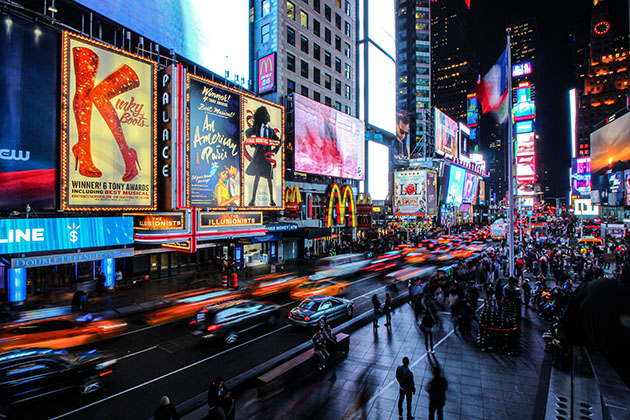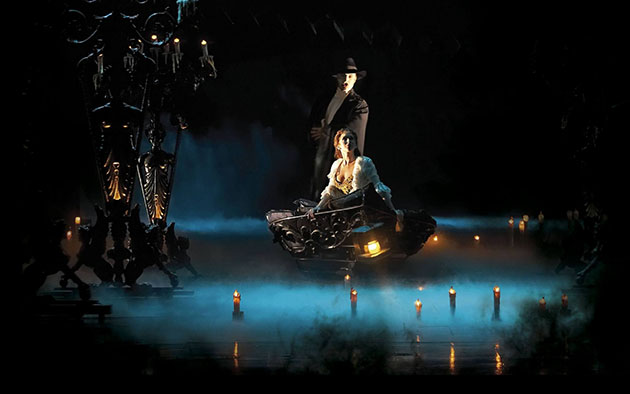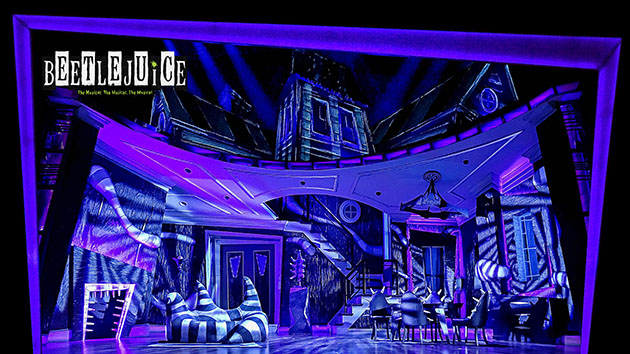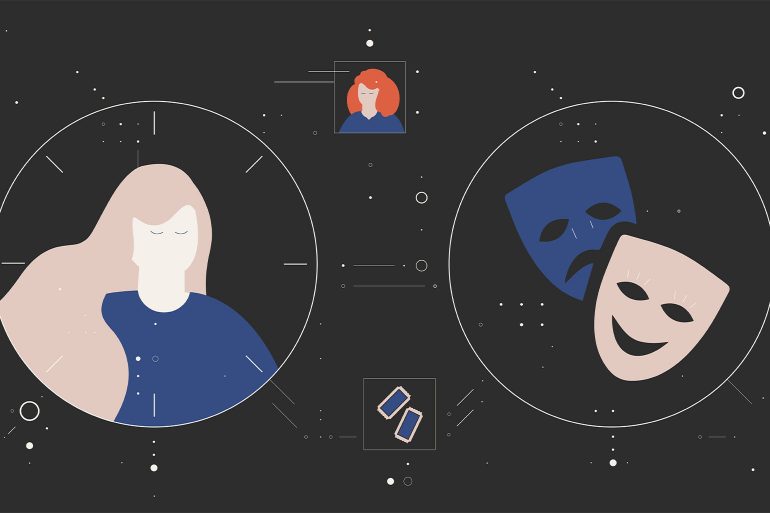Growing up in India, I had heard of Broadway shows and knew they were grand and expensive. I knew it would be a one-time experience to watch a show. What I didn’t know or ever imagined was that one day I would be working for Broadway in New York.

When I was interviewed at my current agency for the role of associate director of research and insights, I had seen only two shows—The Phantom of the Opera (my first Broadway show ever) and The Curious Incident of the Dog in the Night Time, and had loved every bit of both. But working in my current position, I have seen tons of shows, sometimes two or three in a week. (Consider it one of the perks of working in Broadway.) So much theatre can be overwhelming at times but it’s rewarding in every way.
The more emotionally involved the audience is, the more likely they are to recommend the show. Measuring the emotional responses to the show excites me the most. Sometimes I read almost 5000 feedbacks in a day.
It takes almost five to ten years and efforts of many people, for an idea to develop into a show. So, the most striking fact about the Broadway’s business that stuck with me was that only 1 in 5 shows recouped. Most of the others had to bear losses or close down. Broadway shows, plays and a few other live entertainment brands fall within high-risk category. While they bring to us the most powerful human stories, they need to make an impact very quickly for long-term success.
The initial marketing is of utmost importance to put the word out and attract the right audience. Even if you’ve planned for months, once the show is out in the world a lot of the strategy depends on reviews, press, the current cultural ‘vibe’ and other external factors. This first wave of critique is the most important to drive future sales and keep the show running.

I try to see all the shows I am researching for. It helps me understand what the audiences are trying to say when I analyse the audience data. Most people’s response to a Broadway show is emotional, and while it’s tough to measure emotional responses, it’s necessary to do so. The more emotionally involved the audience is, the more likely they are to recommend the show. Measuring the emotional responses to the show excites me the most. Sometimes I read almost 5000 feedbacks in a day. It’s not easy but at the end of the day when I’m able to uncover insights from it, it makes me very happy.
By quantifying emotional responses we are able to predict show’s potential and future sales, and identify motivators of purchase for specific shows/movies.
Audience research is important for Broadway and live entertainment, and understanding the details, nuances, and patterns gives us invaluable insights. To achieve this, we use a variety of research methods, data tools and creative frameworks. These include qualitative and quantitative research, in-theatre intercepts, one-on-one focused group interviews, Google Analytics data, Facebook Audience Insights, and other research reports. Most often it’s a combination of these methods. By quantifying emotional responses we are able to predict show’s potential and future sales, and identify motivators of purchase for specific shows/movies.
Dissecting the show’s elements such as music, sets and costumes, performances, actors and storyline give us many data points to work with and explore.
We were once approached by a high-profile client who had only two weeks from the opening day. They needed to understand what was working and not working and the audience sentiment for some of the key elements of the show—story, performances, Act I vs Act II, the ending, specific characters, etc. Two weeks are not enough to recruit audiences, and also plan, design and program a survey. So, we decided to go to the theatre and speak with the audiences directly who were exiting the theatre during previews. In person interviews are much more valuable when you need emotional responses as you can ask follow-up questions and dig deeper. A small team of third-party associates helped us in gathering the audience in required demographic profiles, signing NDAs and so on. We took video interviews during matinee and evening shows, analysed the data and were able to submit a report the following day. Stakes were high and time was limited. At the end of the day, client was impressed to see real faces to the insights which made a huge impact.
Dissecting the show’s elements such as music, sets and costumes, performances, actors and storyline give us many data points to work with and explore. Digging deep into this data to connect the dots between the show and its impact on the audiences is deeply rewarding.

Also, seeing the show in advance and its journey to the opening night makes me feel closer to it. One of my favourite shows is a musical called Beetlejuice. It is a story of a half-dead ghost struggling to come alive. I worked on the show since its rehearsals and fell in love with it. I’ve watched the show eight times and still want to see it again. It was the first show I worked in depth and attended the opening night. That was a true New York experience. The other show that I dearly loved was The Rolling Stone directed by Saheem Ali. It pulled me in, and I left the theatre completely changed. That’s the power of great theatre.
This art form is essential to us. Storytelling is part of human nature, and Broadway is the most majestic and immersive way it’s done.
The beauty of working in this business is that you’re not just launching a brand but in doing so you’re supporting an untold story, many talented artists and the art itself. You act as a connector between the story and its audience.
Currently due to COVID-19 the entire Broadway industry is at a standstill. Everyone is hopeful that it will bounce back. And it will. This art form is essential to us. Storytelling is part of human nature, and Broadway is the most majestic and immersive way it’s done.
**
 Jui Khopkar is a brand strategist and designer based in New York. She is most passionate about uncovering human insights through research and investigating culture. She is currently an Associate Director of Research and Insights at SpotCo, a Broadway marketing agency in New York.
Jui Khopkar is a brand strategist and designer based in New York. She is most passionate about uncovering human insights through research and investigating culture. She is currently an Associate Director of Research and Insights at SpotCo, a Broadway marketing agency in New York.

